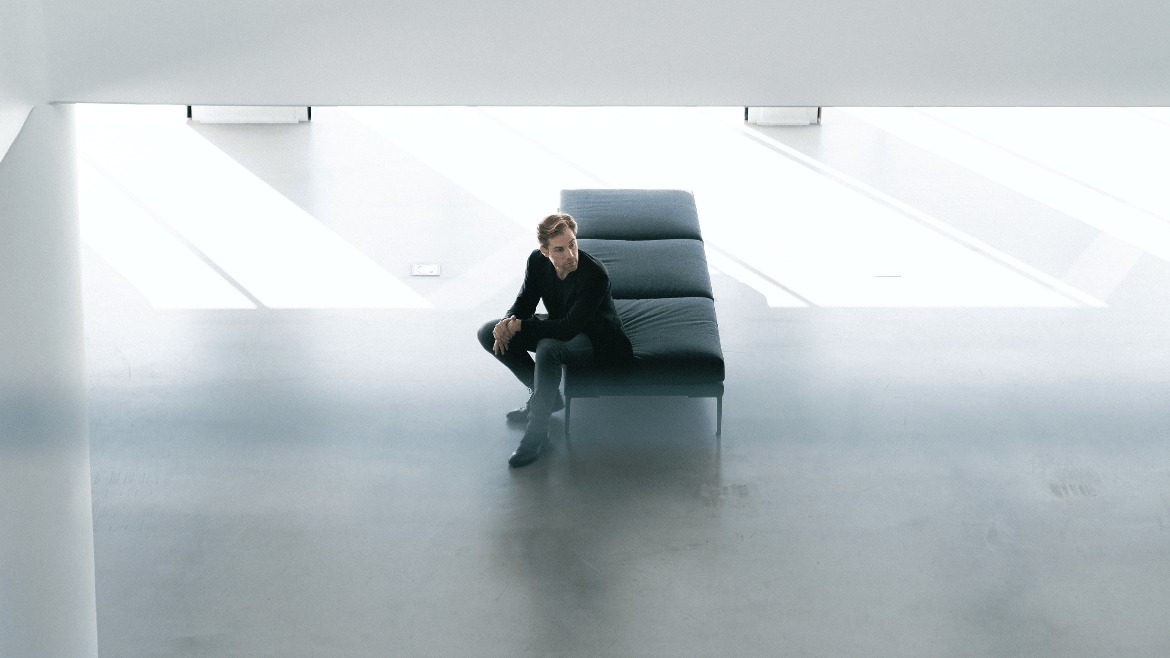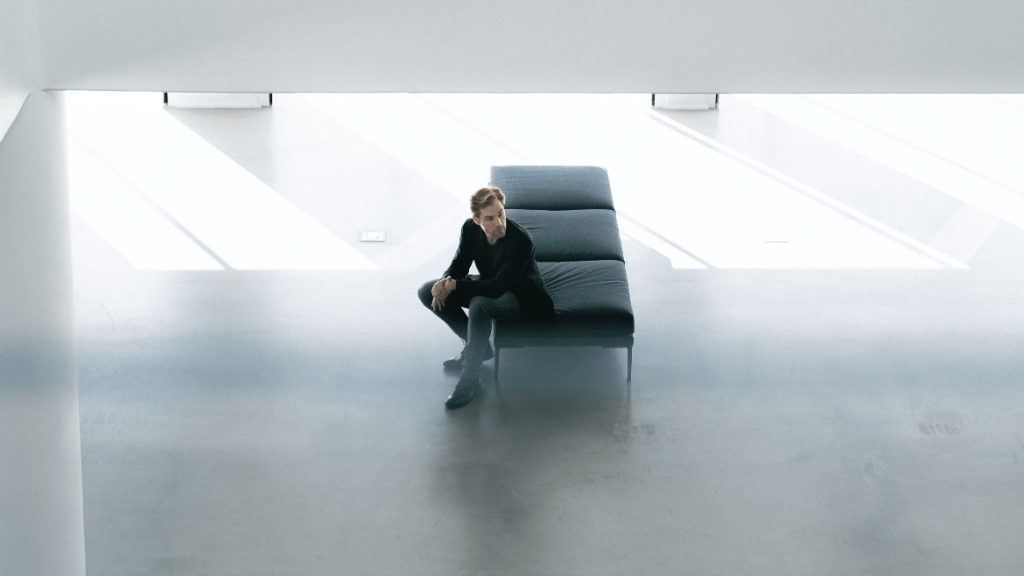Today we talk with Maximilian Missoni, Head of Design at Polestar.
In this interview, we chat with Maximilian about his career path, the role of Polestar in redefining the public’s perception towards electric mobility, what to expect next from the brand, and more.

Hi Maximilian, we are delighted to talk to you today. To get started, could you briefly introduce yourself to our community?
I am Maximilian Missoni, Head of Design at Polestar. I was born in Austria into a family of architects and have practically grown up with design. Not least because of this, I was already interested in design at a very early age. I then studied vehicle design at the Royal College of Art in London. Already there, the aspect of sustainability was something that was particularly important to me.
Ten years after I graduated, I joined Volvo as exterior chief designer and became
Vice President of Exterior Design two years later. Since 2018 I am in charge of the design department at Polestar.
At Polestar, do you consider you have a role in redefining how people perceive sustainable vehicles and electric mobility? How can premium be redefined?
Automotive hasn’t been as exciting as it is right now since the invention of the automobile. The industry in general but also car design are in the process of change. We’re moving from combustion engines to electric propulsion, training our vehicles to take over more and more responsibilities and we’re really focusing on sustainability, which is an enormous task.
For me, accelerating the industry’s transformation to a more sustainable future is a priority, and I believe that you have to do it from the inside out. That’s one of the most exciting aspects of me joining Polestar. As a new brand, Polestar offers a great opportunity to break new ground, not only in design but also in the materials used and the production possibilities. We can influence the perception of customers but also of suppliers.
Our approach to redefine premium is reflected in Polestar Precept. We intend to consciously challenge the established conventions of the automotive industry. In this respect, the Precept is a glimpse into Polestar’s future. With Precept, we illustrate our vision of design, technology and sustainability.
As brands like Polestar start redefining the car concept and focusing on
bringing together design and sustainability — how does that influence the car design process and functionality?
When it comes to connecting design and sustainability, we must first and foremost ask ourselves whether or not a specific technology will lead to the improvement of the situation we have put ourselves in as a species. Only on the basis of that we should start acting.
As a designer, I am able to evoke desire in people. It has become one of the most important tasks to use this ability responsibly. We see that instead of encouraging people to do less of whatever they enjoy, the more promising path to a more sustainable future is to innovate in technology and turn these new materials and new processes into new, highly compelling products; a “ new premium” if you will.
This aspect also influences the functionality of the car. The daily overstimulation by an ever increasing complexity of technology should not be passed on directly to our users. Instead,
functions should only be available when needed. Technologies such as “eye tracking” in combination with an intelligent system in the background can help us for example to dose information and make it available when needed.

How does sustainability play a role in the materials decision and car interior?
The top priority in the selection of materials is clearly our sustainable approach. To this end, we experiment with new materials and their aesthetics.
When you look at Polestar Precept, the range of materials is without a doubt outstanding. For example, the seating surfaces there are made from recycled PET bottles knitted with a single thread in a 3D process – without any waste. Door panels and seat components are made from flax fiber composite which is lighter and stronger than conventional plastic but made from the same ingredient as linen garments.
At Polestar, it’s all about sustainability without sacrifice.
Polestar does not hold a legacy like Volkswagen or Volvo, brands you’ve worked with before. Are there limits to how far you can push design and
innovation currently?
That’s exactly what I see as a very exciting challenge, and that’s also where we see our mission at Polestar: to initiate a new era in automotive design and move away from traditional conventions.
In fact, the traditions of the car industry have become somewhat of a barrier to innovation. Over time, cars have started to all look the same, feel the same, be the same. Being without legacy allows us to push the boundaries of what’s possible, to challenge ourselves to be better and forge our own path.
And as designers we can contribute to the move towards sustainable mobility by getting inspired by these new prerequisites rather than perceiving them as a threat to the status quo.
Precept is a perfect example of how our sustainability ambitions, plans for technology, and design philosophy can converge. With Precept, we wanted to show that sustainable and innovative materials don’t come at the expense of design or quality.
What are your sources of inspiration from outside the automotive industry?
I am currently most influenced by fashion and architecture when it comes to the merge of circularity and design. Due to the much shorter cycle time in the fashion industry and the lower complexity of their products many ideas and technologies can be tested there at a lower risk. So it is an inspiring field.
The next stage of Polestar’s design is Precept. What can we expect?
For me, Polestar Precept is a flagship for our philosophy of creatively using new technologies and challenging the traditional approach. We intentionally chose the name Precept to emphasize the importance of this car for the direction of our brand. However, Precept is not an exaggeration.
I believe that we have a responsibility to inspire with incremental yet attainable steps to a better future and not woo with unrealistic sand castles that have an immediate communication value but dilute the seriousness of the task at hand.
You can revisit the full Cherrydeck x Polestar collaboration here. For further information, keep an eye on the Cherrydeck x Polestar blog.



